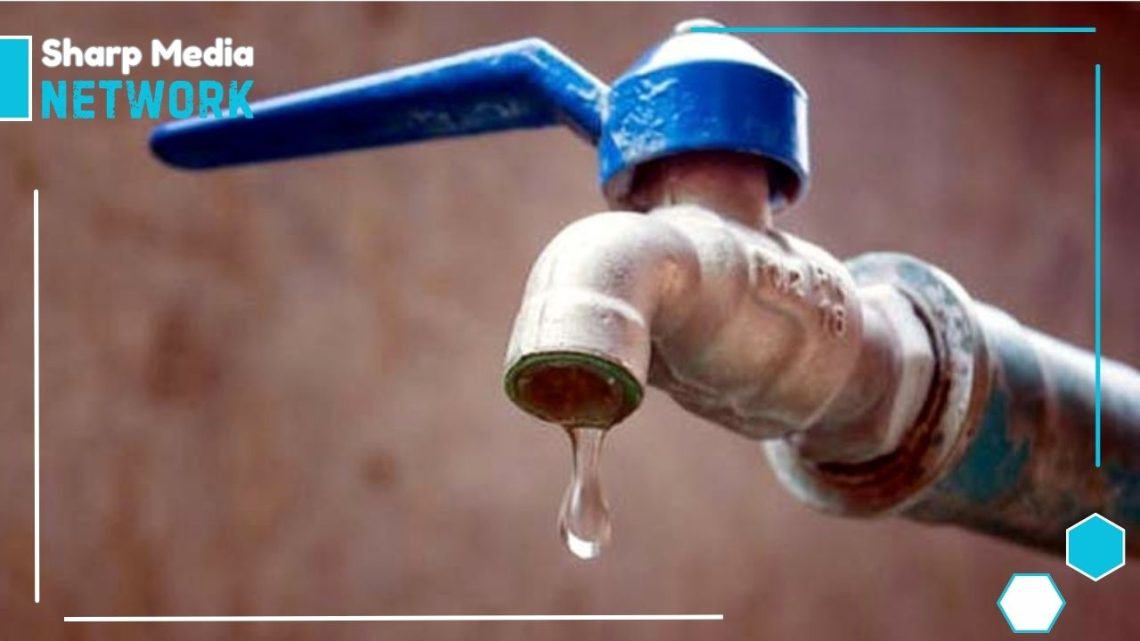
Pulwama Parched: Families Suffer as Water Crisis in IIOJK Enters Third Year
April 14, 2025In Pulwama, a silent crisis is unfolding as families go without clean drinking water—while still being billed for it
In Indian Illegally Occupied Jammu and Kashmir’s (IIOJK) Pulwama district, residents of Wahibugh village are enduring a severe water crisis, with no access to safe drinking water for more than two years.
The root of the problem lies in a damaged pipeline that once served as the main water source for several households. Local families say that around 10 to 12 homes were directly connected to this line, but it has remained out of order, leaving them without basic access to potable water.
Mohammad Abdullah Bhat, a concerned villager, voiced the community’s frustration. “We have repeatedly approached the authorities, filed complaints, and even visited their offices in person. Still, no one has taken steps to fix the problem,” he said.
Despite their dire situation, residents continue to receive water bills every month. Mushtaq Ahmad Bhat, another local, said it’s deeply unjust to be charged for a service that hasn’t been delivered in years. “We’re forced to walk nearly half a kilometre to fetch water from a spring. It’s exhausting and unfair,” he lamented.
The burden is especially heavy for low-income families, many of whom work as manual laborers and live below the poverty line. The lack of water disrupts not just their routines, but their health, hygiene, and livelihood. “We’re already struggling financially. Now we also have to carry water from a distance every single day,” said another resident.
Several villagers are now demanding that the government either restore the pipeline immediately or stop billing them altogether. “If they cannot fix the water line, they should at least cancel our registration numbers. Why pay for nothing?” questioned Bhat.
Local frustration is growing by the day. The affected families have warned that if the water supply is not restored soon, they will be left with no option but to launch a protest. “We have remained patient for two years. If they still don’t act, we’ll have to make our voices heard,” said a villager.
This situation highlights the broader infrastructure and governance issues faced by many in IIOJK’s rural areas. While officials remain unresponsive, villagers are forced to shoulder the physical and emotional toll of systemic neglect.

